frozen condensation on storm windows
gincyb
18 years ago
Featured Answer
Sort by:Oldest
Comments (10)
Window_Guy
18 years agolast modified: 9 years agoglassquilt
18 years agolast modified: 9 years agoRelated Professionals
Beavercreek Kitchen & Bathroom Designers · Buffalo Kitchen & Bathroom Designers · Carlisle Kitchen & Bathroom Designers · Clarksburg Kitchen & Bathroom Designers · Queen Creek Kitchen & Bathroom Designers · Holden Kitchen & Bathroom Remodelers · Albuquerque Kitchen & Bathroom Remodelers · Andover Kitchen & Bathroom Remodelers · Overland Park Kitchen & Bathroom Remodelers · South Barrington Kitchen & Bathroom Remodelers · Spokane Kitchen & Bathroom Remodelers · South Jordan Kitchen & Bathroom Remodelers · Prairie Village Kitchen & Bathroom Remodelers · Bonney Lake Architects & Building Designers · Brushy Creek Architects & Building DesignersColumbusguy
18 years agolast modified: 9 years agohousekeeping
18 years agolast modified: 9 years agosharon_sd
18 years agolast modified: 9 years agowantoretire_did
18 years agolast modified: 9 years agogincyb
18 years agolast modified: 9 years agoshepard_jessie_gmail_com
13 years agolast modified: 9 years agobmj23_aol_com
13 years agolast modified: 9 years ago
Related Stories
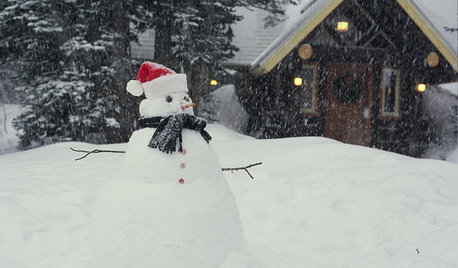
LIFEShare Your Winter Storm Jonas Photos and Survival Tips!
Let’s see your pictures and hear your ideas on how you’re keeping your house warm and staving off cabin fever
Full Story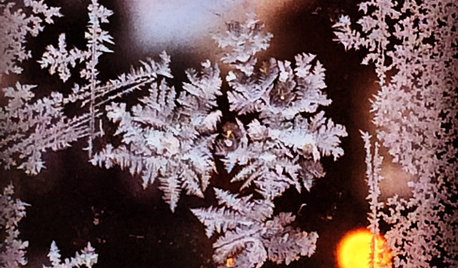
LIFEPolar Vortex: How Houzzers Are Coping With the Storm
Spirits are staying high even as the mercury plunges to new lows. Do any of these firsthand accounts sound familiar?
Full Story
WINDOW TREATMENTSEasy Green: 9 Low-Cost Ways to Insulate Windows and Doors
Block drafts to boost both warmth and energy savings with these inexpensive but effective insulating strategies
Full Story
WINDOW TREATMENTS7 Window Treatments That Can Lower Your Energy Bills
Beautify your windows, keep your home cool and reduce energy use all at once with the right covering
Full Story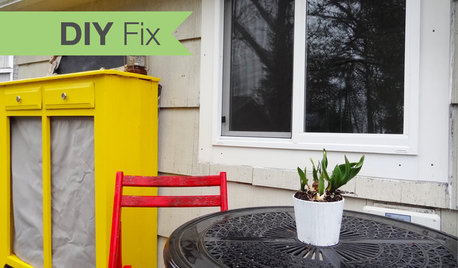
Replace Your Windows and Save Money — a How-to Guide
Reduce drafts to lower heating bills by swapping out old panes for new, in this DIY project for handy homeowners
Full Story
WINDOWSSteel-Framed Windows Leap Forward Into Modern Designs
With a mild-mannered profile but super strength, steel-framed windows are champions of design freedom
Full Story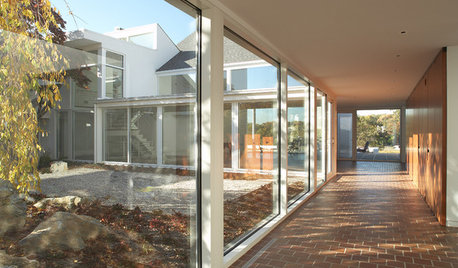
GREAT HOME PROJECTSUpdate Your Windows for Good Looks, Efficiency and a Better View
Great home project: Replace your windows for enhanced style and function. Learn the types, materials and relative costs here
Full Story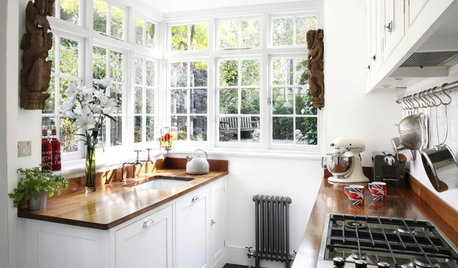
SMALL KITCHENS10 Things You Didn't Think Would Fit in a Small Kitchen
Don't assume you have to do without those windows, that island, a home office space, your prized collections or an eat-in nook
Full Story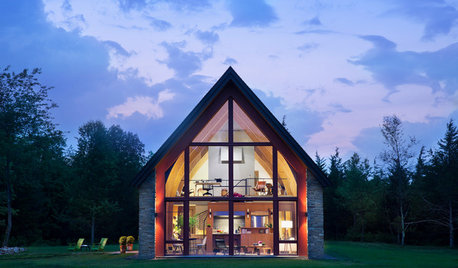
GREEN BUILDINGThe Passive House: What It Is and Why You Should Care
If you don’t understand passive design, you could be throwing money out the window
Full Story
DISASTER PREP & RECOVERYMore Power to You: How to Pick the Right Generator
If your home's electricity goes, don't let it take your necessities with it — keep systems running with this guide to backup power
Full StoryMore Discussions










oberon476